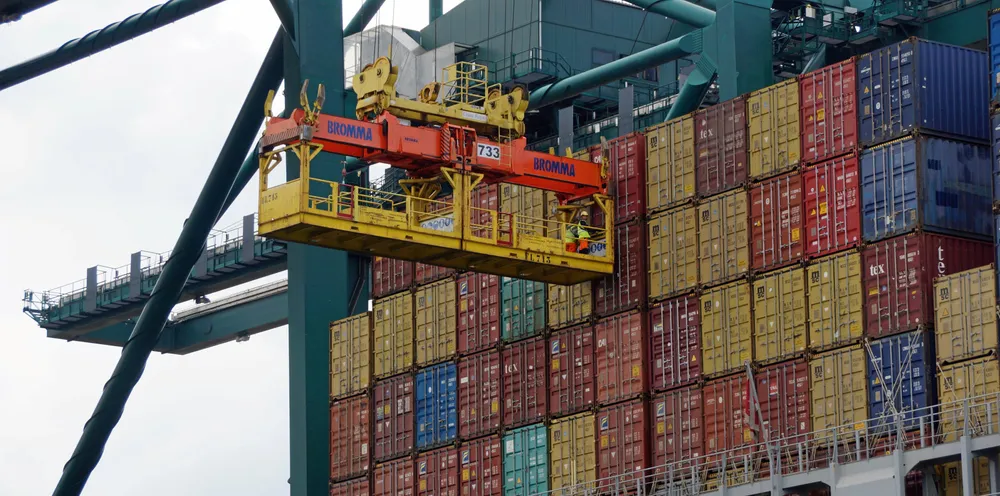Shrimp sector battered by shipping delays as costs escalate
Extra costs as high as $200,000 a month for some companies are adding to the pain caused by shipping, port and warehouse bottlenecks around the globe.

Extra costs as high as $200,000 a month for some companies are adding to the pain caused by shipping, port and warehouse bottlenecks around the globe.
